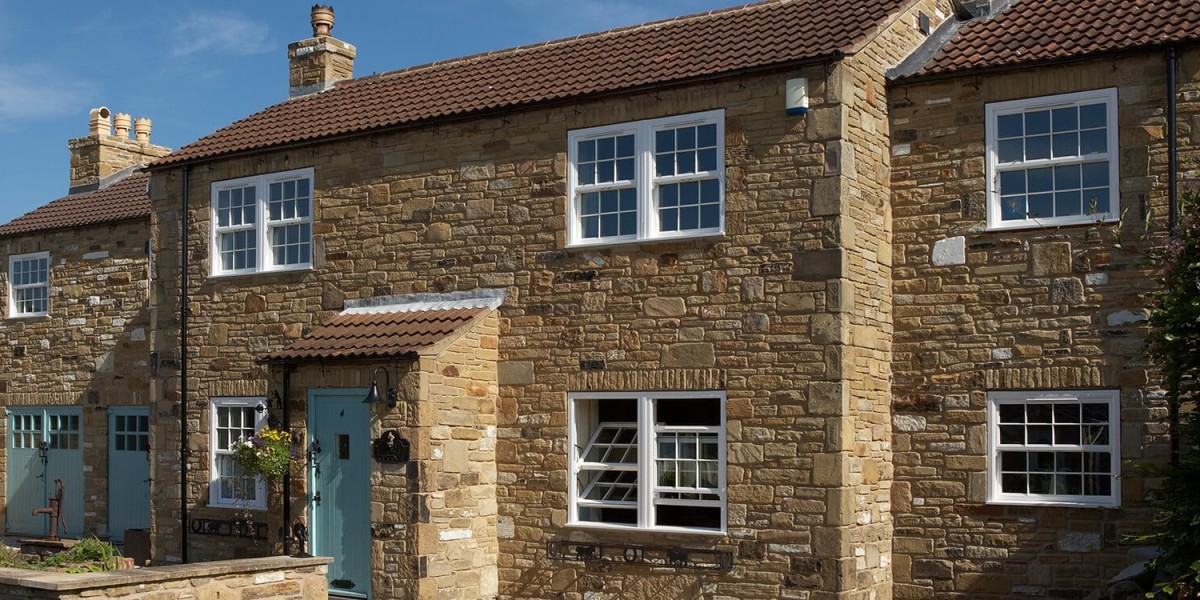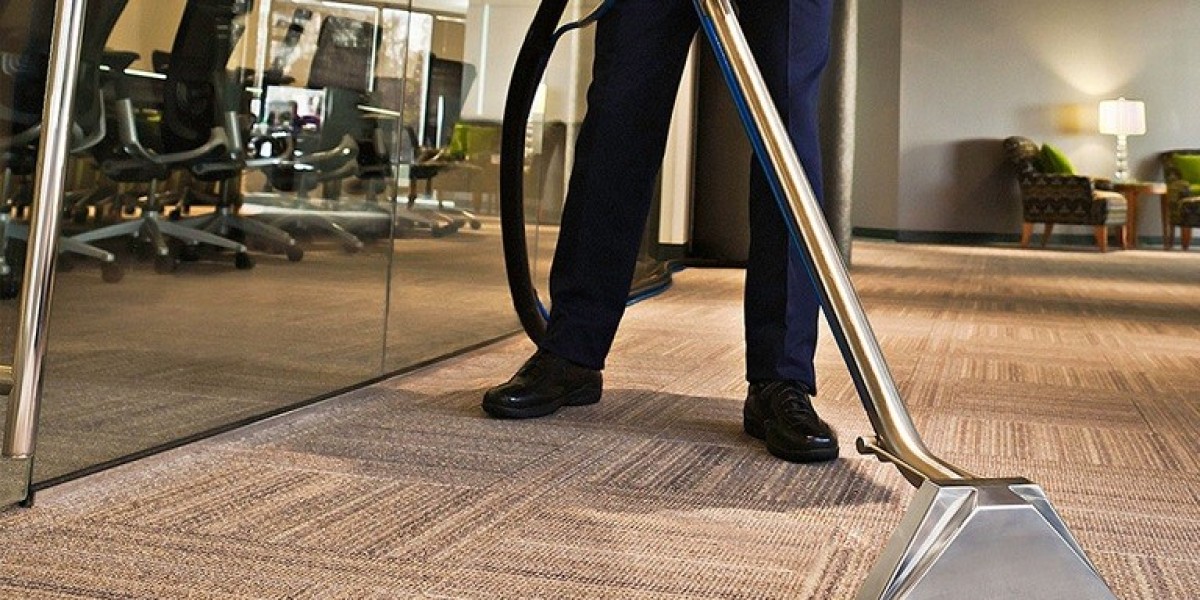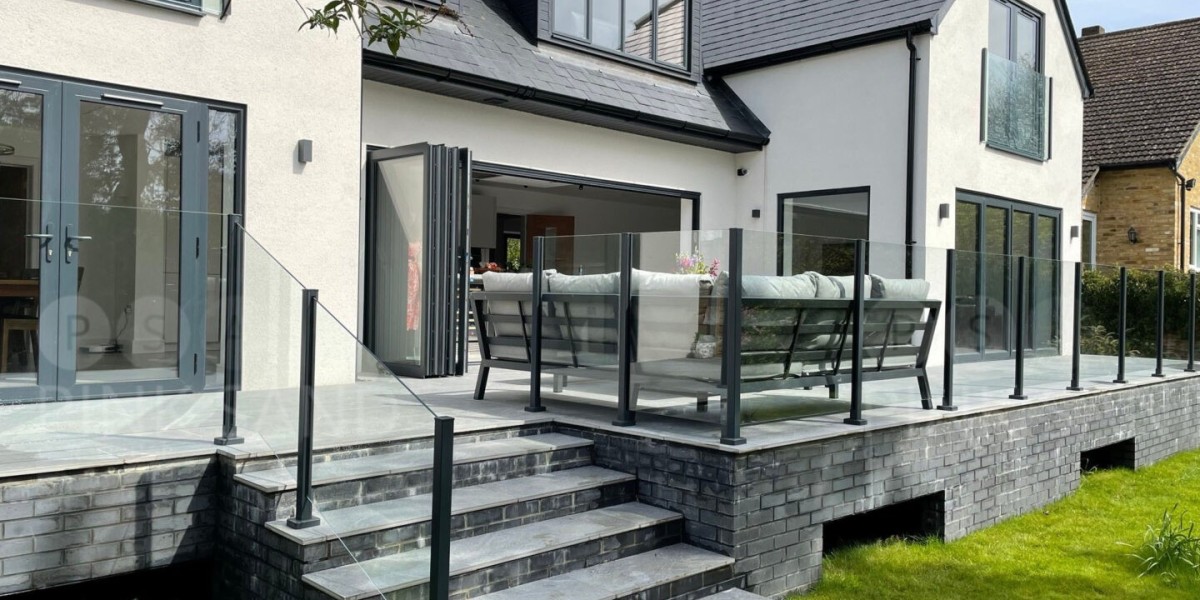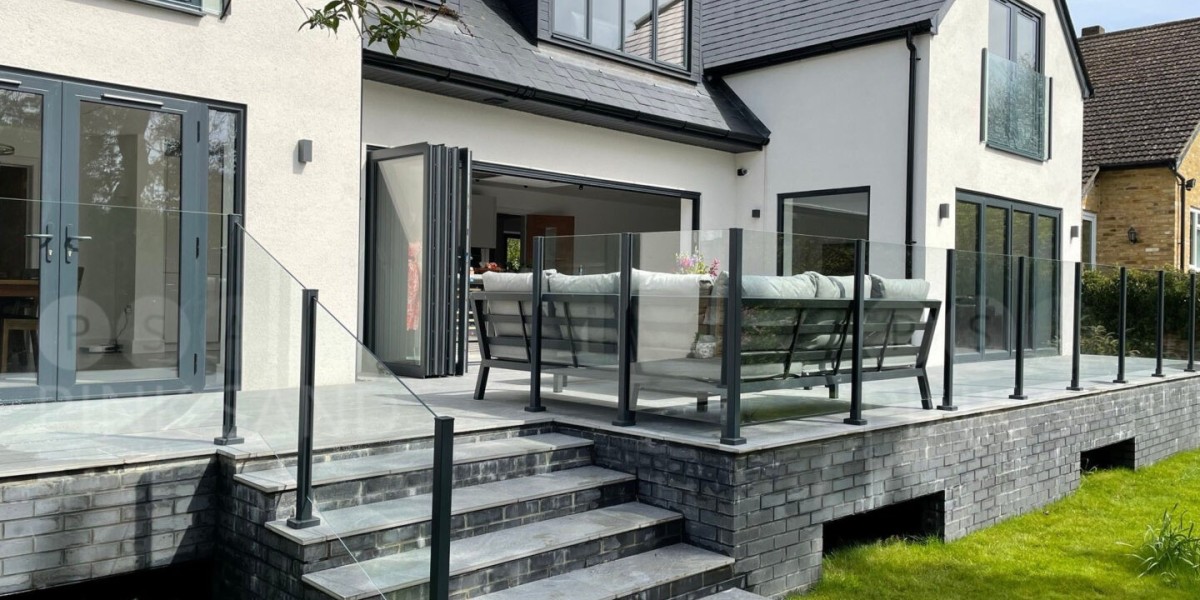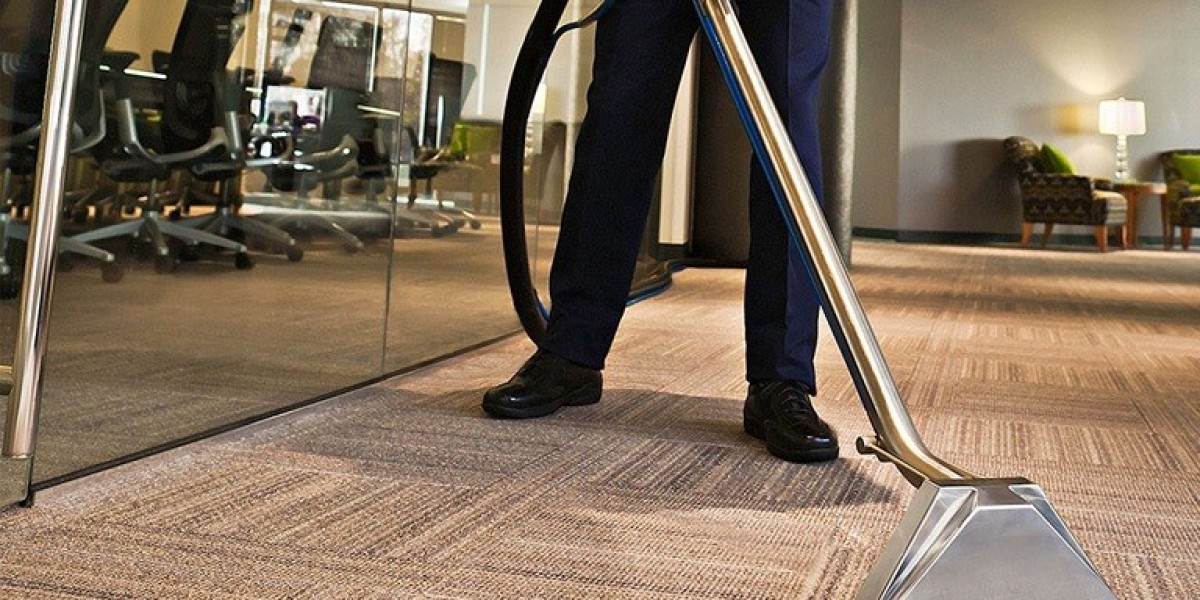
Introduction
Window installation is a critical aspect of building construction and renovation that significantly impacts energy efficiency, aesthetic appeal, and overall functionality of a structure. Properly installed windows can enhance the comfort of indoor environments, reduce energy costs, and contribute to the longevity of the building. This article aims to provide a comprehensive overview of window installation, covering the types of windows, the installation process, tools required, common challenges, and best practices.
Types of Windows
Before diving into the installation process, it is essential to understand the various types of windows available. Each type has unique characteristics that may influence the installation method:
- Double-Hung Windows: These windows feature two operable sashes that slide vertically. They are popular for their versatility and ease of cleaning.
- Casement Windows: Hinged on one side, these windows open outward like a door. They provide excellent ventilation and are often used in hard-to-reach areas.
- Sliding Windows: These windows consist of two or more sashes that slide horizontally. They are ideal for wide openings and offer unobstructed views.
- Awning Windows: Hinged at the top, awning windows open outward from the bottom. They are effective for ventilation while protecting against rain.
- Bay and Bow Windows: These are combinations of multiple window units that protrude from the exterior wall, creating a unique architectural feature and additional interior space.
- Fixed Windows: These windows do not open and are used primarily for light and aesthetics. They are often used in combination with operable windows.
Tools and Materials Required
Successful window installation requires specific tools and materials. Essential tools include:
- Measuring Tape: For accurate measurements of the window opening.
- Level: To ensure the window is installed straight and plumb.
- Screwdriver: For securing the window frame to the wall.
- Caulking Gun: For applying sealant around the window frame.
- Utility Knife: For cutting insulation and weatherproofing materials.
- Pry Bar: For removing old windows or adjusting the frame.
- Safety Glasses and Gloves: For personal protection during installation.
- New Window Unit: The actual window being installed.
- Shims: For leveling and supporting the window frame.
- Insulation: To fill gaps around the window frame.
- Weatherstripping: To prevent air and water infiltration.
- Sealant: To create a weather-tight seal around the window.
The Window Installation Process
The installation process can vary depending on the type of window and the condition of the existing structure. However, the following steps provide a general guideline:
- Preparation: Begin by removing the old window if replacing an existing unit. Use a pry bar to carefully detach the window frame from the wall. Make sure to wear safety glasses to protect against falling debris.
- Measuring: Measure the width and height of the window opening to ensure the new window fits correctly. It is crucial to measure at multiple points, as openings can be irregular.
- Inspecting the Opening: Check the condition of the window opening. Look for signs of rot, mold, or structural damage. Repair any issues before proceeding with installation.
- Installing the New Window:
- Use shims to adjust the window until it is plumb and square.
- Secure the window by fastening it to the surrounding structure with screws.
- Insulating: Fill any gaps around the window frame with insulation to improve energy efficiency. This is typically done with foam insulation or fiberglass.
- Sealing: Apply sealant around the exterior of the window frame to create a watertight seal. Ensure that the sealant is smooth and covers all gaps.
- Finishing Touches: Install interior and exterior trim as needed. This not only enhances the aesthetic appeal but also provides additional protection against air and water infiltration.
Common Challenges in Window Installation
Window installation can present several challenges that may affect the outcome. Some common issues include:

- Improper Measurements: Failing to measure accurately can lead to a poor fit, requiring additional adjustments and potentially compromising the window's performance.
- Structural Damage: Hidden damage in the wall or framing can complicate the installation process. It is essential to address these issues before installing the new window.
- Weather Conditions: Extreme temperatures or precipitation can affect the installation process. It is best to install windows in moderate weather to ensure proper adhesion of sealants and insulation.
- Inadequate Sealing: Poor sealing can result in air and water leaks, leading to increased energy costs and potential damage to the interior of the building.
Best Practices for Successful Window Installation
To achieve optimal results during window installation, consider the following best practices:
- Plan Ahead: Take the time to plan the installation process, including scheduling and material procurement. This reduces the risk of delays and ensures a smoother workflow.
- Follow Manufacturer Instructions: Each window manufacturer provides specific installation guidelines. Adhering to these instructions is crucial for https://investordiscussionboard.com/your-ultimate-guide-to-finding-the-best-double-glazing-installer-in-st-albans-tips-tricks-and-what-to-look-for/ warranty compliance and optimal performance.
- Utilize Professional Help: If unsure about any aspect of the installation, consider hiring a professional. Experienced installers can navigate challenges effectively and ensure high-quality results.
- Regular Maintenance: After installation, perform regular inspections and maintenance on windows. This includes cleaning, checking seals, and ensuring that moving parts operate smoothly.
Conclusion
Window installation is a vital component of building construction and renovation that requires careful planning, precise execution, and adherence to best practices. By understanding the types of windows available, the tools needed, and the installation process, homeowners and contractors can ensure that windows are installed correctly and efficiently. With proper installation, windows can enhance the energy efficiency, comfort, and aesthetic appeal of any structure, ultimately contributing to the long-term success of the building.
